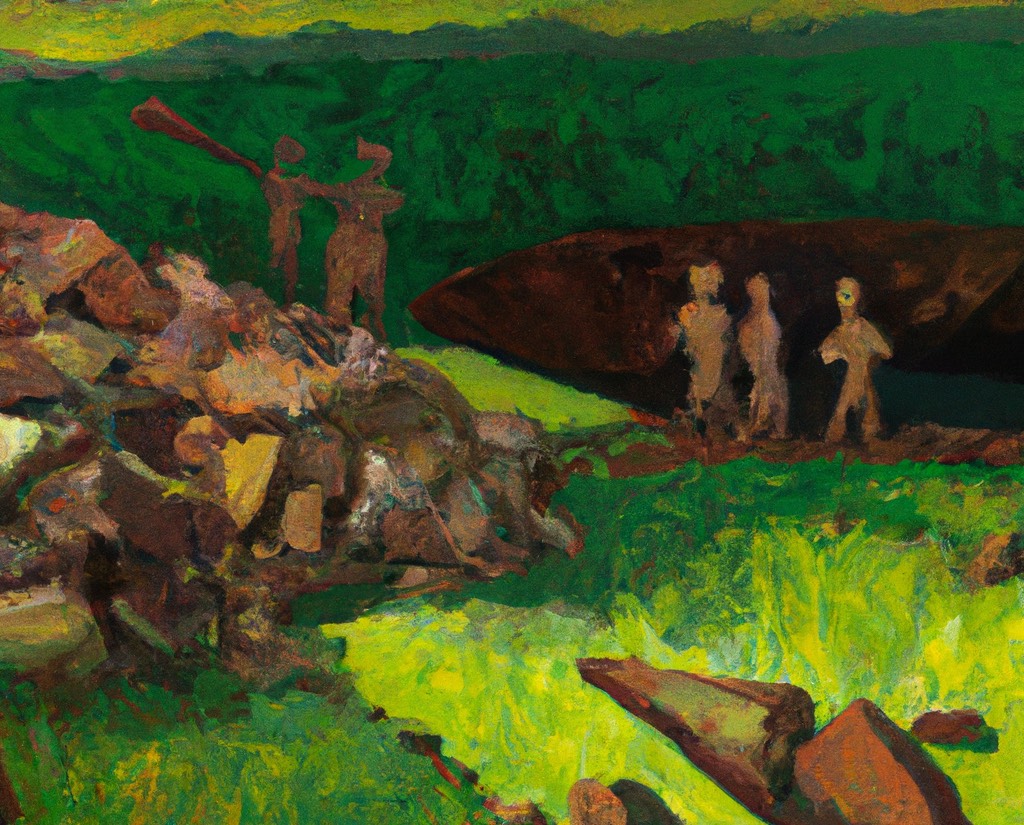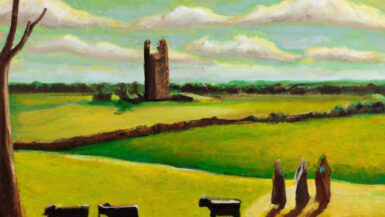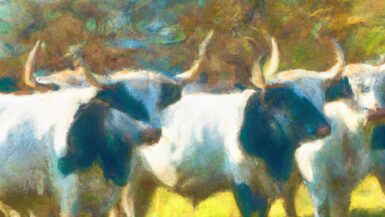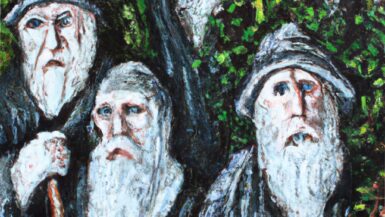The Bronze Age, spanning from approximately 2500 BC to 500 BC in Ireland, ushered in an era of unparalleled advancements. Characterized by the introduction and widespread use of metal, particularly bronze, this epoch saw Ireland transitioning into a society marked by intricate metalworking, expansive trade networks, and burgeoning societal complexities.
Metalworking: The Craftsmanship of the Bronze Age
At the heart of the Bronze Age lies the eponymous material: bronze. This alloy, primarily made of copper and tin, revolutionized Ireland’s technological landscape.
- Origins in Copper: Early in the Bronze Age, the primary metal in use was copper. Ireland, rich in copper deposits, especially in areas like Ross Island, became a hub of copper extraction and utilization.
- Advent of Bronze: The realization that alloying copper with tin resulted in a harder, more durable metal – bronze – marked a pivotal shift. This material was adept for crafting tools, weapons, and ornate artifacts.
- Intricate Artifacts: The metalworking expertise of Bronze Age inhabitants is evident in the artifacts recovered, ranging from spearheads, swords, and shields to delicate jewelry and ceremonial objects.
Trade: The Expanding Horizons of Bronze Age Ireland
With advancements in metalworking came the expansion of trade networks, both local and international.
- Local Trade Dynamics: Communities bartered goods and materials. Metal artifacts, in particular, were highly valued and often exchanged for other commodities or services.
- Overseas Connections: Ireland wasn’t isolated during the Bronze Age. Maritime advancements led to trade routes extending to Britain, mainland Europe, and even beyond. Items like amber from the Baltic and exotic artifacts reveal this far-reaching trade web.
Societal Evolution: The Emergence of Complex Hierarchies
The advancements in trade and technology during the Bronze Age inevitably influenced Ireland’s societal structures.
- Settlement Patterns: Unlike the scattered settlements of the Neolithic era, the Bronze Age saw more clustered habitations. Hillforts began appearing, serving both as defensive structures and symbols of authority.
- Societal Roles: With increased specialization in crafts like metalworking, pottery, and textile production, societal roles became more delineated. This diversification led to the rise of specialized craftsmen and traders, further deepening societal layers.
- Religious and Ceremonial Practices: The intricacy of Bronze Age artifacts, especially those with no apparent utilitarian purpose, hint at ritualistic or religious significance. Sites like the stone circles found in various parts of Ireland testify to ceremonial gatherings or spiritual practices.
The Importance of Agriculture and Livestock
Even with the focus on metal, agriculture remained a vital part of Bronze Age Ireland.
- Advanced Farming Techniques: The knowledge from the Neolithic era was built upon, leading to more effective farming methods. The plough, made feasible by bronze-tipped attachments, greatly enhanced agricultural productivity.
- Livestock Breeding: Alongside crop cultivation, livestock breeding, especially of cattle, sheep, and pigs, was a significant economic activity. Animal products like meat, wool, and hides were essential commodities, further boosting trade.
Art and Symbolism in the Bronze Age
The Bronze Age was not merely a time of technological advancement but also of artistic expression.
- Ornate Designs: Many metal artifacts from this era are adorned with intricate designs, patterns, and symbols. From spiral motifs on gold lunulae to the detailed decorations on bronze cauldrons, art was an integral part of Bronze Age craftsmanship.
- Sculptures and Stonework: While metal was the dominant material, stone continued to play a crucial role. Carved stone heads and other sculptures from this period underscore the era’s artistic versatility.
The Legacy of the Bronze Age: Innovations and Impact
The innovations and transformations of the Bronze Age laid foundational elements for subsequent periods in Irish history.
- Technological Advancements: The metalworking techniques, tools, and weaponry of the Bronze Age set the stage for the Iron Age’s subsequent developments. The shift from stone to metal reshaped every aspect of life, from daily tasks to warfare.
- Economic Structures: The trade networks and economic systems of the Bronze Age paved the way for more complex market systems and international relations in later epochs.
- Cultural and Societal Influences: The hierarchical structures, artistic expressions, and spiritual practices of the Bronze Age had enduring impacts, influencing cultural and societal norms for generations.
In capturing the essence of the Bronze Age in Ireland, it becomes evident that this was a transformative period. The melding of copper and tin didn’t just produce bronze; it catalyzed an era of innovation, trade, and societal evolution. Through metalworking expertise, expanding trade horizons, and the emergence of a multifaceted society, the Bronze Age stands as a profound chapter in Ireland’s rich tapestry of history.






Leave a reply